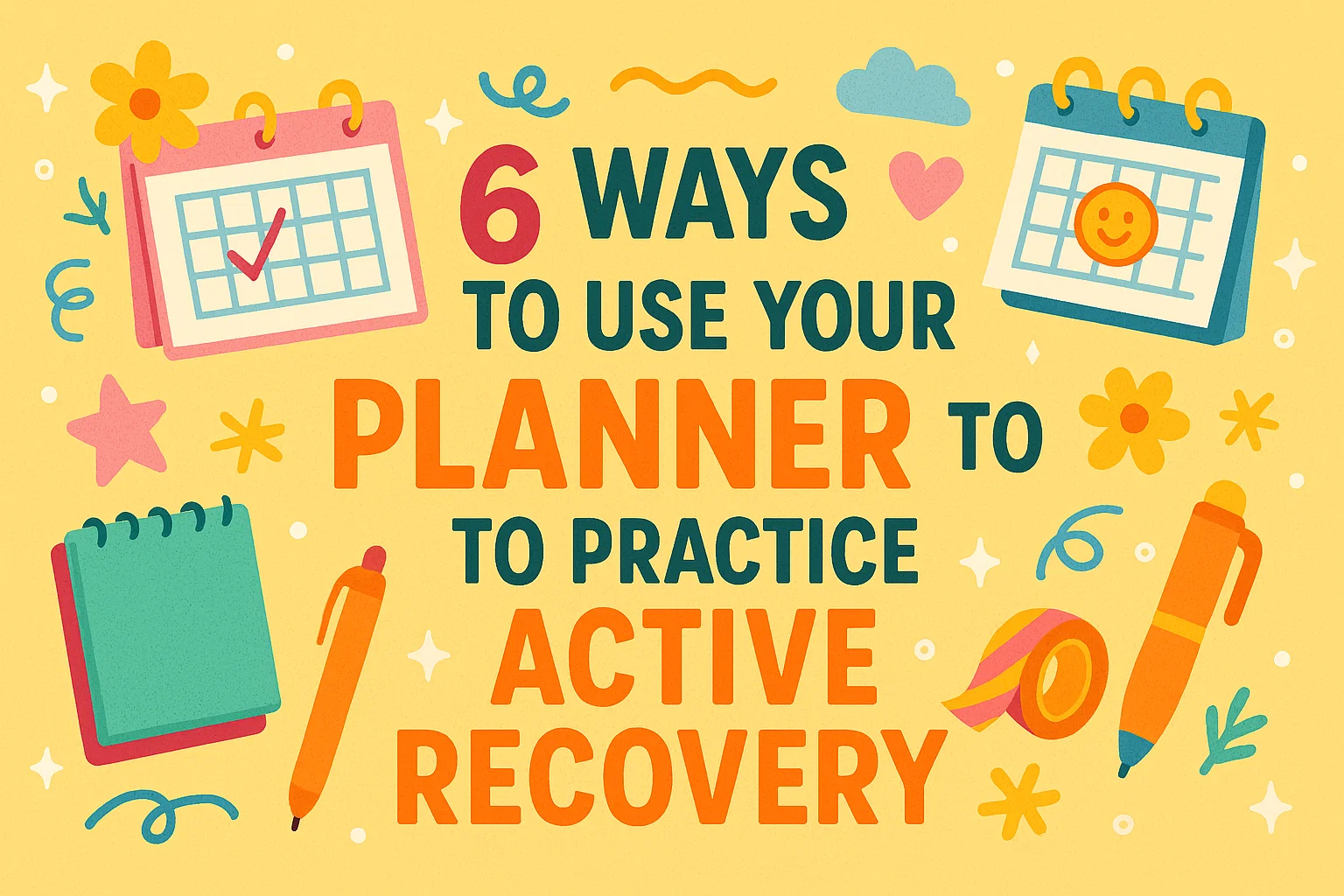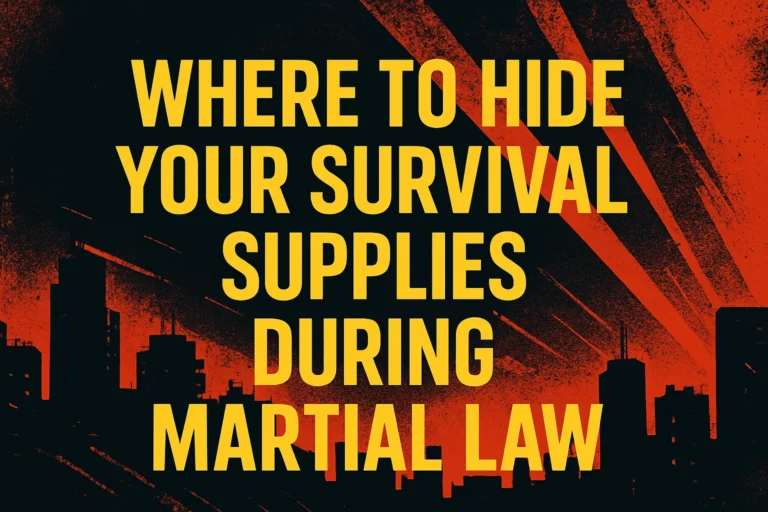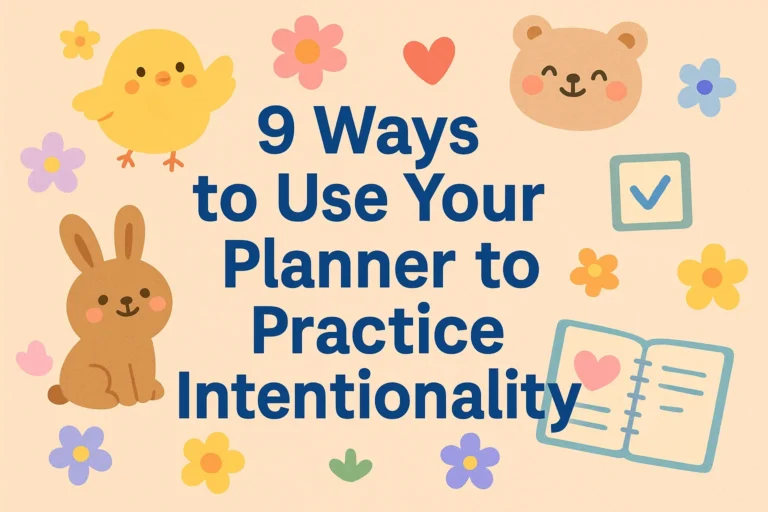6 Planner Inspiration Ideas for Active Recovery Organize Your Well-Being Journey
6 Planner Inspiration Ideas for Active Recovery: Organize Your Well-Being Journey
Let’s be real for a second. When you hear “active recovery,” you probably picture a gentle yoga flow or a leisurely walk, right? And you’re not wrong. But have you ever considered that your planner could be the secret weapon that makes your active recovery actually stick?
I used to be the queen of all-or-nothing. I’d either be training for a marathon or planted on my couch for a week, moaning about my sore muscles. My idea of recovery was, well, nothing. Then I discovered that organizing my recovery was just as important as organizing my workouts. It transformed my well-being journey from a chaotic mess into a sustainable, joyful practice.
So, grab your favorite pen and that beautiful planner you probably guilt-bought, and let’s give it a job that truly matters. Here are six planner inspiration ideas to structure your active recovery and finally organize your well-being.
1. Ditch the To-Do List, Embrace the “To-Feel” List
We cram our planners with tasks, deadlines, and errands. It’s no wonder our recovery often feels like another chore. What if we flipped the script?
Instead of writing “do yoga,” try framing it around the sensation you’re seeking. Your planner should be a tool for cultivating how you want to feel, not just for checking off boxes.
How to set it up:
- Create a Weekly Intention Spread: At the start of each week, dedicate a small section to how you want to feel. Write down words like “light,” “fluid,” “calm,” or “energized.”
- Map Feelings to Activities: Next to each feeling, jot down a corresponding recovery activity. For example, “Fluid” could be linked to “10 minutes of dynamic stretching” and “Calm” could be “evening meditation with no phone.”
- Track the Vibe, Not the Time: At the end of the day, simply put a checkmark next to the feeling you nurtured. This shifts your focus from performance to presence.
The goal isn’t to complete a perfect 30-minute routine. The goal is to connect an action with a desired state of being. It makes your planner feel less like a taskmaster and more like a friendly guide back to yourself.
2. The “Body Scan” Log: Listen to Your Whispers
Your body is constantly giving you feedback. The problem is, we often ignore the whispers until they become screams. A dedicated Body Scan Log in your planner forces you to pause and listen.
This isn’t about diagnosing pain; it’s about building body awareness. Where are you holding tension? What feels good today? What feels a little off?
How to set it up:
- Keep it Simple: Create a daily or every-other-day entry with just three columns: Body Area, Sensation, and Recovery Action.
- Be Specific, Not Clinical: Under “Sensation,” write things like “right shoulder feels tight,” “hips feel open and mobile,” or “calves are singing a tiny song of complaint.”
- Prescribe the Antidote: Based on the sensation, your “Recovery Action” might be “foam roll quads,” “hip flexor stretches,” or even “a warm Epsom salt bath.”
When you see a week’s worth of entries pointing to tight hamstrings, suddenly that decision to do some gentle yoga flows makes more sense than guessing. This log turns your planner into a personalized owner’s manual for your body. Pretty cool, right?
3. Schedule Your “Non-Negotiables” Like Boss-Level Meetings
You wouldn’t casually skip a meeting with your CEO, so why do we so easily blow off our recovery time? IMO, it’s because we don’t give it the same prestige.
The solution? Treat your active recovery sessions with the respect they deserve. Block them out in your planner like they are the most important appointments of your day.
How to set it up:
- Time-Block in Pen: Physically write “Active Recovery” in a specific time slot. Using pen makes it feel more permanent than flimsy pencil.
- Get Specific in the Details: Don’t just write “recovery.” Write “20-min walk in the park – no podcasts, just birds” or “Foam Rolling & Mobility – focus on upper back.”
- Set a “Meeting Agenda”: Briefly note the purpose. “Goal: Release tension in neck and improve shoulder mobility for tomorrow’s workout.”
Seeing it formally scheduled creates a psychological commitment. It moves recovery from a “if I have time” whim to a non-negotiable pillar of your routine. You’re basically your own well-being CEO. 🙂
4. Create a “Recovery Recipe” Bank
Ever stood in front of your foam roller and thought, “Okay… now what?” Having a go-to list of quick, effective routines eliminates decision fatigue and makes it easy to just start.
Use a few pages in the back of your planner to create a bank of your favorite “recovery recipes.”
What to include in your bank:
- The 5-Minute Reset: For those crazy days. Think: cat-cow, child’s pose, a single calf stretch.
- The Full Body Tune-Up: Your 20-30 minute go-to for a deeper recovery session.
- The Pre-Workout Primer: Dynamic movements to wake up your body.
- The Post-Workout Soother: Static stretches and myofascial release techniques.
Write them out in simple bullet points. You can even get creative with washi tape or highlighters to color-code them by duration or focus area (e.g., blue for upper body, green for lower body). Now, when you schedule that recovery block, you can just flip to your recipe bank and pick one. No more mental gymnastics required.
5. Track Your Mood & Movement Symbiosis
We often track fitness and recovery separately from our mental state. But your mood and your movement are deeply connected. Tracking them side-by-side can reveal powerful patterns you’d otherwise miss.
This doesn’t need to be a complex journal. A simple tracker grid can work wonders.
How to set it up:
- Draw a Simple Grid: List the days of the week on one side.
- Use a Dual Rating System: Have two columns: one for “Energy Level” (1-5) and one for “Mood” (you can use emojis like ☀️⛅️🌧️ or words).
- Log Your Activity: Next to it, briefly note your primary recovery activity for the day.
After a few weeks, you might notice that on days you rate your mood as 🌧️, you skipped your walk. Or you might see that every time you do a yoga session, your energy level is a solid 4 or 5. This data is pure gold. It shows you, in your own handwriting, how crucial active recovery is for your entire well-being system, not just your muscles.
6. The “Why” Page: Your Anti-Burnout Anchor
Let’s be honest. Some days, you’re going to look at your planner and think, “Ugh, I just can’t.” On those days, your motivation won’t save you. You need a deeper “Why.”
Dedicate a full, beautiful page in the very front of your planner to your “Why.” This is your mission statement for well-being.
What to put on this page:
- Your Core Reasons: Why are you doing this? Is it to “play with my kids without pain,” “hike that mountain next summer,” or simply “feel at home in my own body”?
- A Powerful Quote or Mantra: Something that instantly centers you.
- A Picture or Drawing: A visual representation of your goal (like a photo of a place that brings you peace).
When you feel your commitment wavering, don’t look at your schedule. Look at this page. Reconnect with the feeling you’re ultimately chasing. This page is your anchor, reminding you that this journey is about more than just crossing things off a list. It’s about building a life you don’t feel the need to recover from.
So there you have it. Your planner is so much more than a calendar; it’s the command center for a more balanced, intentional, and joyful you. It’s the place where you prove to yourself that your well-being is a priority worth organizing.
Now, I’m curious—which one of these ideas are you most excited to try first? Go on, crack open that planner and give one of these pages a try. Your future, less-achy, more-zen self will absolutely thank you for it. FYI, mine already does.







